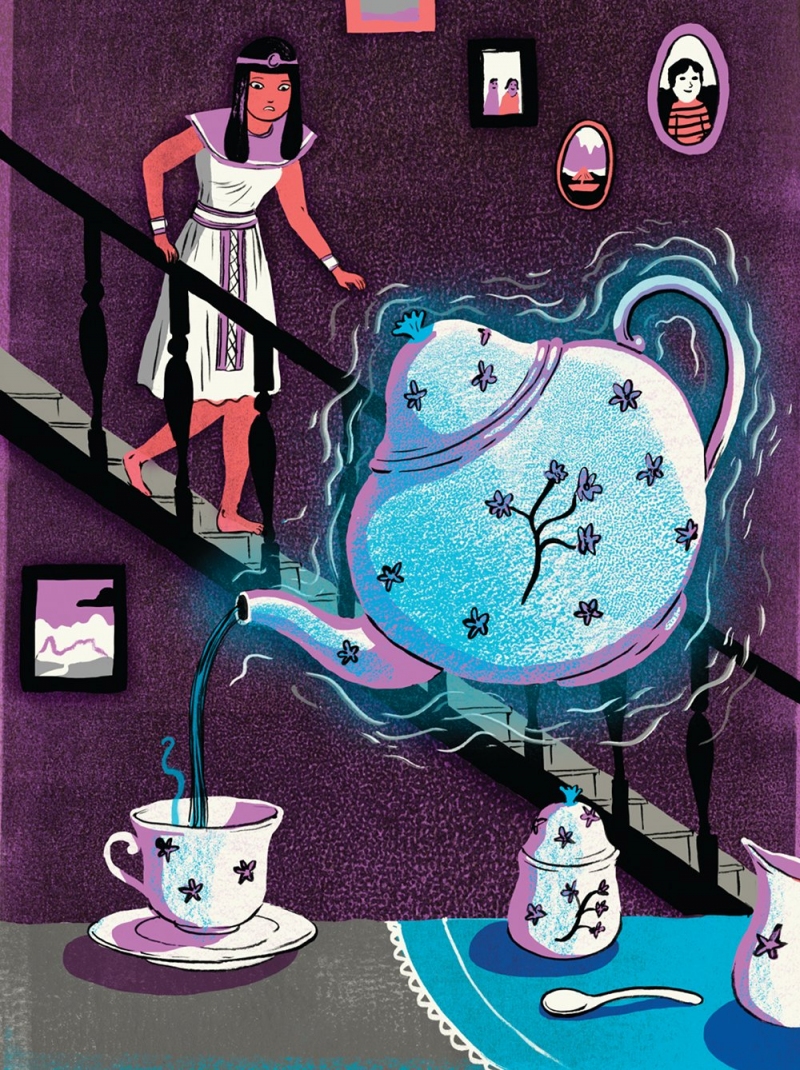In my university days, Halloween was a chance to channel a famous woman for a night. I revelled in becoming a femme fatale and all it symbolized, because it was different than my reality. The reality, of being out on a late-fall evening in Edmonton, that mattered little as I put together a costume.
Awaiting entry to a Whyte Avenue bar, I cursed Marilyn and her impractical halter dress as my cheap red lipstick froze in waxy clumps. I also have a photo of myself as a closing-time Cleopatra trying to warm up with a Duke’s donair. Another year I was pleasantly surprised to find that a snow-white wig transformed me into Marie Antoinette and kept my ears warm on the walk home.
Even though I’ve long been fascinated by Edmonton’s history, I looked elsewhere for costume inspiration. Marie-Anne Gaboury’s HBC coat and moose-hide gloves would have kept me warm waiting to get into Rebar (now Lucky 13 and Pawn Shop), Whyte Avenue’s ’90s dance club. There would be no danger of a wardrobe malfunction in Nellie McClung’s high-necked blouse and wool skirt. Even a satin Klondike Kate gown with ruffles and feathers would have been more sensible than most of my other ensembles – especially in years when the first snowflakes fell by the end of October. But none of my fellow revellers would have recognized Riel’s grandmother or one of the Famous Five – maybe they’d know Klondike Kate.
I think about the women who shaped this city when it was little more than a trading post on the river: Cree wives of fur traders who showed men how to survive here; Métis daughters who skinned pelts and sowed gardens as they lived in two worlds while creating a new one; Irish, English and Ukrainian girls who crossed an ocean for something more than turf-fires and servitude.I wonder what Halloween was like for these women.Did it mean anything more than being one night closer to the hardships of a prairie winter? These unnamed women are the ghosts who matter most to me now.
